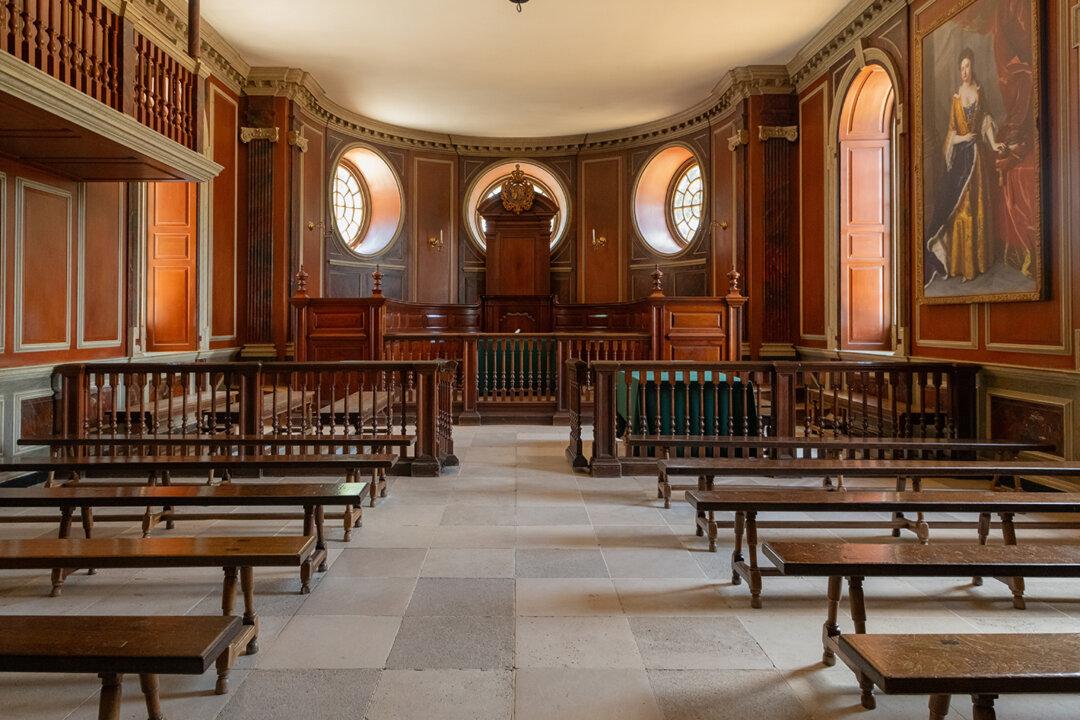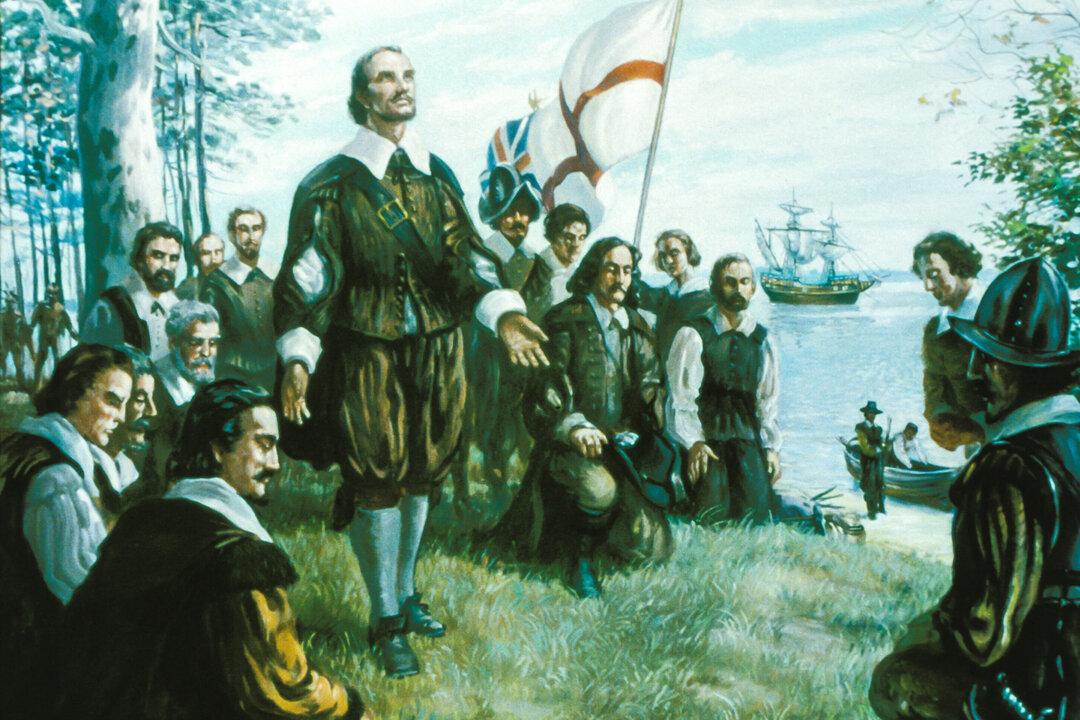In retaliation for the Boston Tea Party, the British Parliament responded by passing five punitive laws in 1774. Known as the Coercive Acts, also referred to as the Insufferable Acts or Intolerable Acts, these measures aimed to punish Massachusetts colonists for their defiance in the Tea Party protest, stripping them from self-governance.
Seeking to quell resistance to British authority, the British Parliament instead awakened a sleeping giant. The implications of their laws reverberated throughout America’s western frontier. The Coercive Acts became the impetus that led to the development of the Revolutionary War.

House of Burgesses
When news of the Boston Tea Party was first published in the Virginia Gazette, Virginia’s legislators—members of the House of Burgesses—wondered what the Imperial retaliation might be. When they learned that the Parliament was essentially shutting down the Port of Boston, their response was strong and solemn.A group of burgesses, including Thomas Jefferson, Patrick Henry, Richard Henry Lee, and Francis Lightfoot Lee met in the Raleigh Tavern in Williamsburg to discuss their plan of action. Invoking language used by the House of Commons in the 1640s, they crafted a resolution calling Virginians to a day of “fasting, humiliation, and prayer” on June 1, 1774—the day that Boston was to be closed.

The day after the resolution passed, Dunmore dissolved the Burgesses. But they reconvened at Raleigh Tavern, where many of them lodged for the sessions. Here, they decided to return to their respective districts and sense the feelings of the people in the places they represented. Each district’s ‘Resolve’ would help the banished Burgesses as they charted a course forward.
There were 64 Virginia representative districts, and 59 of them actually completed the assignment. Most were not so confrontational to the Crown, but then there was the county of Augusta.

The County That Stretched to the Mississippi
Augusta County, Virginia today is large, but it isn’t the biggest county in the state. In 1770, however, it encompassed most of Virginia’s claims extending to the Mississippi River. It was the essence of the wild frontier—the land where Daniel Boone roamed. Although other counties were carved out of it as settlement advanced, it was still the embodiment of a way of life that was tied far more to the new world than the old. It was in 1770 that the lower half of Augusta became Botetourt County. In 1774, the district of West Augusta was separated from Augusta County.Since 1738, frontier business was conducted from Mill Place, later renamed Staunton. This group of people were more independent and used to providing for themselves. Their Resolve, while respectful of England, laid the groundwork for the case for independence.
The Resolves’ six authors—Alexander Balmain, Sampson Mathews, Alexander M’Clenachan, Michael Bowyer, William Lewis (son of one of Virginia’s first settlers John Lewis), and George Mathews—met in Staunton on Feb. 22, 1775.
Reflecting the western settlement’s independent spirit, the resolves made it clear that the writers were making a commitment to risk “life and fortune” to retain natural rights. If necessary, they would join with the colonies to secure those rights. They contained a commitment to bolster the militias as well.
Making a Case for Liberty
The committee that drafted the Resolves chose Thomas Lewis (another son of founder John Lewis) and Samuel McDowell to carry the Resolves to a convention of colonies to be held in Richmond in March of that year.
Declaring themselves loyal subjects of King George, they nonetheless were direct in asserting: “Many of us and our forefathers left our native land and explored this once-savage wilderness to enjoy the free exercise of the rights of conscience and of human nature. These rights we are fully resolved ... inviolably to preserve; nor will we surrender … to any Ministry, to any Parliament, or any body of men upon earth, by whom we are not represented, and in whose decisions, therefore, we have no voice.”
The document is certainly a precursor to the Augusta Declaration of May 10, 1776, which called for the colonies to form a permanent and independent union of states. The 1776 Declaration directly calls for the formation of what became the United States of America. As the July 4 declaration was being crafted, the Virginia founders were undoubtedly aware of the sentiments expressed by Augusta.








